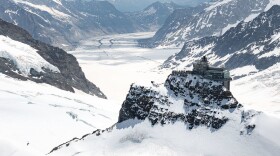The Environmental Protection Agency under the Trump administration has proposed a new rule that would dramatically weaken safety reviews for some of the most toxic chemicals that are already on the market.
Among the chemicals that would receive less scrutiny are PFAS, formaldehyde, asbestos, and dioxins. These are all chemicals that pose serious health risks in consumer goods or for workers who handle the substances.
The new rule would shorten the time it takes to review chemicals and would alter the methodology used to assess their dangers. The rule would also prohibit states from banning or restricting dangerous chemicals and would invalidate hundreds of state-level protections that are already in place. It proposes to eliminate review of some routes of exposure to a chemical from scrutiny. The current rules put in place restrictions if it can be “reasonably foreseen” that the public or workers may be exposed to toxic substances in the air, water, orally, or dermally.
The proposed new rule has drawn strong opposition from public health advocates along with a former EPA scientist now with the Public Employees for Environmental Responsibility non-profit organization. On the other hand, the American Chemistry Council trade group that represents many chemical makers applauded the proposed changes.
The current EPA, which has essentially inverted all previous missions of the agency, is seemingly saying "trust industry – they will protect their workers." If history is any judge of how well that works, people have a lot to worry about going forward if the new rules are adopted.







